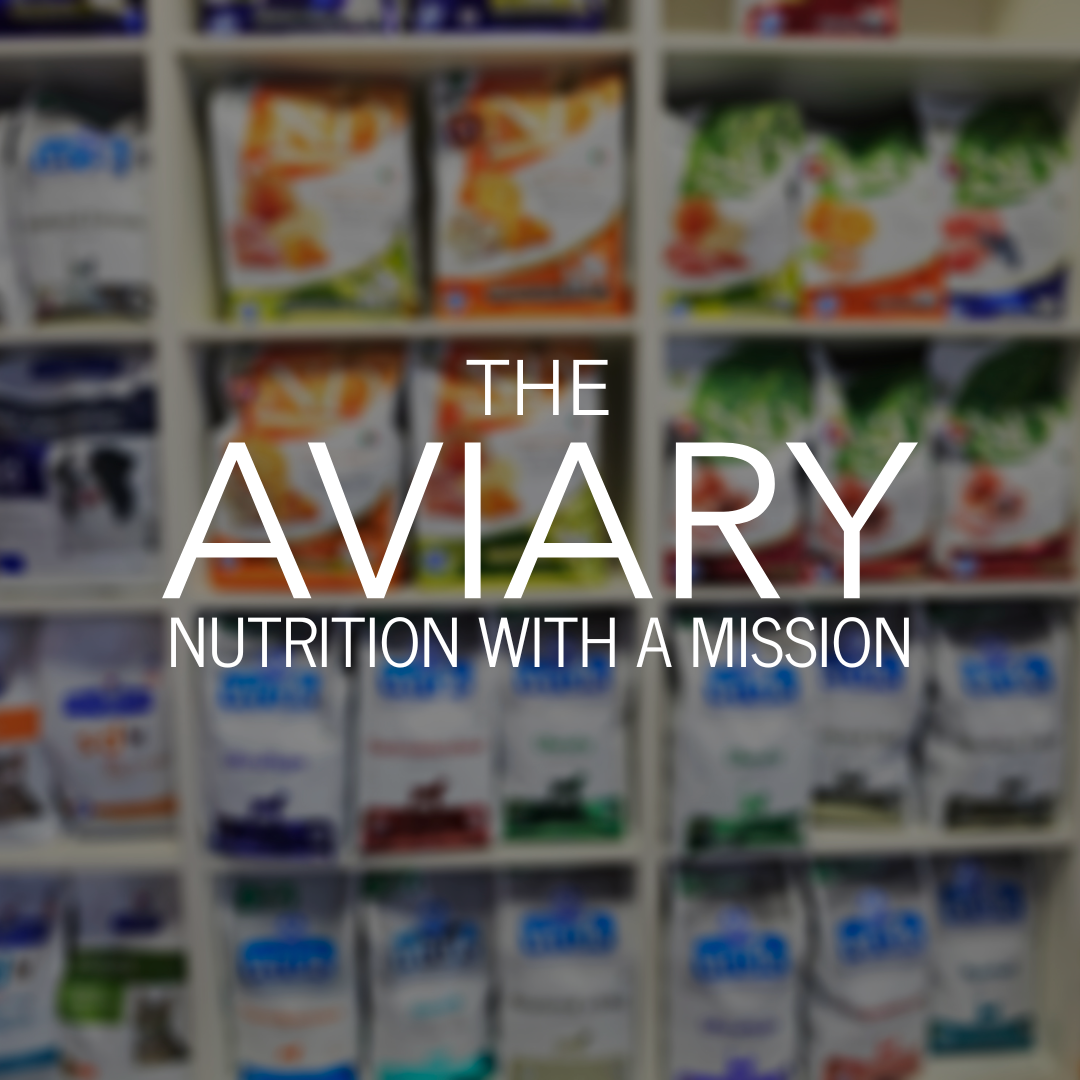
How Can I Get My African Grey to Eat Healthier Food?
African greys are clever, stubborn, and sometimes suspicious of anything new in their bowl. If your grey is stuck on an all-seed diet, you’re not alone, many parrot owners struggle to convert their parrot to a healthier diet. But with patience, consistency, and a few clever tricks, you can help your African grey develop a taste for fresh vegetables, sprouted seeds, and nutritious dry mixes that will benefit their health for years to come.
Why an All-Seed Diet is a Problem for Parrots
Seeds might seem like the perfect parrot food, but in captivity they’re a bit like feeding your bird nothing but crisps and chips. A seed-only diet is too high in fat and too low in essential vitamins, minerals, and amino acids. Over time, this can lead to liver disease, obesity, feather plucking, poor feather quality, and a weaker immune system.
Wild African greys eat a mix of seeds, nuts, fruits, berries, leafy greens, and even bark and flowers. They forage over huge areas, picking from seasonal plants, which means their diet is naturally varied and balanced, changing throughout the year with the seasons. In captivity, we need to try and mimic this as much as possible.

How to Transition Your African Grey to a Healthier Diet
Switching your parrot’s diet from seeds doesn’t happen overnight. African greys are cautious eaters, so sudden changes can cause stress or complete food refusal. The key is slow, steady progress.
Here’s a step-by-step approach:
🦜 Start with what they know – If they’re eating sunflower seeds and millet, mix these in with a small amount of healthier options like hemp seed, buckwheat, or oat groats. Slowly reduce the amount of fatty seeds over a few weeks.
🦜 Introduce fresh food daily – Offer a small portion of chopped vegetables each morning when they’re hungriest. Bright colours like red peppers, carrots, and butternut squash often tempt them first.
🦜 Try sprouted seeds – Sprouts are more nutritious and easier to digest than dry seeds. Our Foraging Feast Sprouting Mix contains beans, legumes, and seeds your grey will love once they’re used to them.
🦜 Mix wet and dry – In the morning, give a fresh “wet” meal of vegetables, sprouted seeds, herbs, and a little fruit. In the evening, switch to a “dry” meal such as our Soothing Dry Mix paired with Happy Gut Seed Mix or Soothing Seed Mix.
🦜 Make it fun – African greys are more likely to try something if it’s part of a game. Use foraging toys, skewers, or even hide pieces of veg in paper for them to find.

Signs Your African Grey is Eating Better
Once your bird starts accepting healthier foods, you’ll see changes. Their feathers will become shinier, they’ll have more energy, their weight will stabilise, and behavioural issues linked to poor diet (like aggression or excessive noise, pacing or anxious behaviours) may improve.
Be Patient When Converting Parrot Diet
Converting your African grey from a seed-heavy diet to something more balanced can take weeks or even months. Some days they’ll seem to backtrack, that’s normal. The most important thing is to keep offering variety and never give up.
By gradually introducing nutrient-rich foods and making mealtimes exciting, you’ll give your parrot the best chance at a long, healthy life. And remember: every bite of fresh food is a step in the right direction.

African Grey Diet FAQ
Q1: How do I get my African grey to try new foods?
Start small by mixing tiny amounts of new food into their favourite seeds, then gradually increase over time. Offer variety and make it fun through foraging toys and food-prep play.
Q2: Can African greys eat fruit every day?
It’s best to offer fruit a few times a week rather than daily, as too much sugar can upset their digestion. Focus on low-sugar fruits like berries, apple, or pomegranate.
Q3: What’s the best way to switch my parrot from seeds to a healthier diet?
Introduce fresh foods and sprouts alongside a high-quality dry mix. Reduce seeds gradually over 4–6 weeks so your parrot adjusts without stress.
Q4: Are pellets better than seeds for African greys?
Cold-pressed pellets can be part of a healthy diet, but a variety of fresh vegetables, sprouts, and a small amount of high-quality seeds is more natural and enriching.
Q5: How can I tell if my parrot’s diet is improving?
Look for brighter feathers, improved energy levels, healthier droppings, and more curiosity toward food. These are signs of better nutrition and wellbeing.
